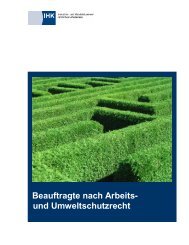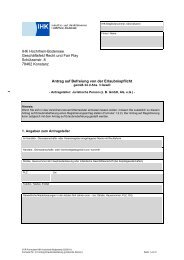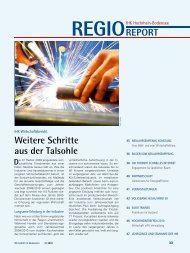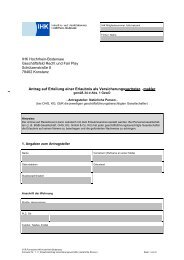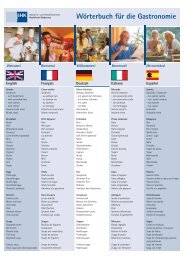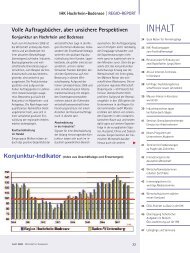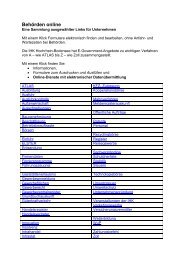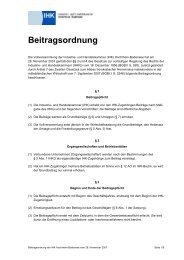REACH_One EINECs One SIEF_Final_clean
REACH_One EINECs One SIEF_Final_clean
REACH_One EINECs One SIEF_Final_clean
Create successful ePaper yourself
Turn your PDF publications into a flip-book with our unique Google optimized e-Paper software.
nevertheless indicate to which EINECS entry the substance belongs. In such cases, the European<br />
Chemicals Agency will decide whether or not it is appropriate to allocate a new EC number to<br />
the substance in question.” (section 3.2.2, p. 16)<br />
In its mail of 19 June, DE also argued that “a <strong>SIEF</strong> is formed if the substances are identical.<br />
At the next level the companies of the identical substances have then to decide whether a test<br />
conducted with a substance with a specific composition (impurity profile, purity) can be used<br />
for the identical substances with different impurity profiles and purities. This system was<br />
already successfully applied under NONS, and in our view the only possible way to handle the<br />
tremendous amount of substances under <strong>REACH</strong>”.<br />
In this context, the guidance states:<br />
“No differentiation is made between technical, pure or analytical grades of the substances.<br />
The “same” substance may have all grades of any production process with different amounts<br />
of different impurities. However, well-defined substances should normally contain the main<br />
constituent(s) and the only impurities allowed are those derived from the production process<br />
(for details see Chapter 4.2) and additives which are necessary to stabilize the substance.<br />
Where the impurity profile of a well-defined substance from different manufacturing sources<br />
differs markedly, expert judgement will need to be applied to decide if these differences affect<br />
whether test data generated on one substance can be shared with other <strong>SIEF</strong> members. (see<br />
section 5, p.46)”<br />
1.2. Substances of defined chemical composition<br />
It is obvious that substances of well defined quantitative chemical composition, and in<br />
particular mono-constituent substances, will be most straightforward to identify and therefore<br />
there should be little reasons to deviate from the EC list. Nevertheless, it should be noted that<br />
the guidance on substance identification does not explicitly state that for such substances the<br />
EC list is the basis for substance identification nor does it explicitly exclude the possibility for<br />
deviations. This would also be difficult to justify as the substance definition in <strong>REACH</strong> does<br />
not distinguish between well-defined and UVCB substances and therefore in principle the<br />
same rules apply to all types of substances.<br />
Mono-constituent substances<br />
For most mono-constituent substances, it will not make sense to deviate from the EC list.<br />
However, such deviations could be useful for some substances (e.g. silicon dioxide (EC<br />
number: 231-545-4), as silicon dioxide exists in different modifications and different forms<br />
which qualifies them as different substances).<br />
Multi-constituent substances<br />
For defined multi-constituent substances, the situation is specific, as the practice in EINECS<br />
listing differed to a large extent from the recommendations in <strong>REACH</strong> guidance. <strong>REACH</strong><br />
requires the registration of substances, as manufactured or imported. The specifics of multiconstituent<br />
substances in this respect have been further interpreted in the Guidance for<br />
identification and naming of substances under <strong>REACH</strong>. Multi-constituent substances could<br />
not be reported for EINECS but were covered by EINECS if all individual constituents were<br />
listed on EINECS (see section 4.2.2, p. 25 and section 5, p. 49). This means that a defined<br />
12



